Introduction to On-Page SEO and Its Importance

In today’s digital world, a strong online presence is vital for any business or website.
This is where the concept of #On_Page_SEO or #On_Page_Optimization comes in.
On-page SEO refers to a set of activities performed within your website to improve its ranking in search engine results.
These activities include content optimization, site structure, HTML codes, and user experience.
The importance of on-page SEO goes beyond just gaining rankings; it’s a descriptive and comprehensive guide to ensuring that search engines can properly understand and index your content, and that users have the best experience.
In fact, without strong on-page SEO, even the best content might go unnoticed.
These essential steps help you to significantly increase your website’s visibility.
From optimizing titles and meta descriptions to correctly using keywords, every aspect of internal site optimization can contribute to your search success.
Does losing customers who visit your site to make a purchase bother you?
RasaWeb is your specialized solution for having a successful online store.
✅ Significant increase in your online sales
✅ Building trust and professional branding among customers⚡ Get free consultation from RasaWeb experts!
Keyword Strategy in On-Page SEO

One of the main pillars of on-page SEO is keyword research and strategy.
Choosing appropriate keywords helps search engines understand the main topic of your content and present it to relevant users.
This process involves identifying the phrases and words your target audience uses to find information, products, or services related to your business.
For an expert and educational approach, one must go beyond single-word keywords and move towards long-tail keywords.
These longer phrases usually have a more specific search intent and can drive more targeted traffic to your site.
Once identified, these keywords should be naturally incorporated into the page title, headings, main text, meta descriptions, and URL.
However, it’s important to avoid keyword stuffing, as this practice not only harms user experience but can also be penalized by Google’s algorithms.
Focusing on relevant and high-intent keywords is the core of a successful on-page SEO strategy.
Content Optimization for On-Page SEO and User Experience
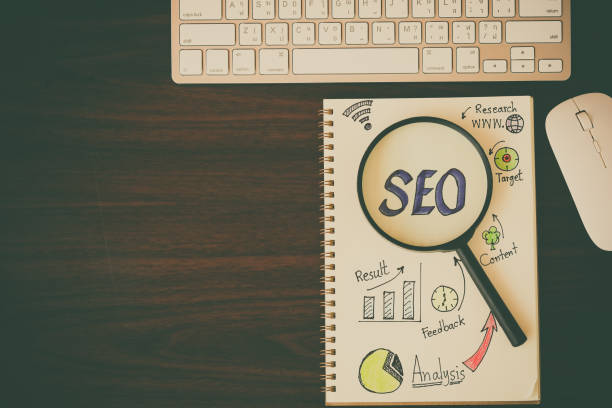
Content is king, and this statement also holds true for on-page SEO.
Optimizing content for search engines and users is an art and a science.
Your content should not only be analytical and in-depth, but also informative and practical.
Using an appropriate structure including headings (H1, H2, H3, etc.), short paragraphs, lists, and images significantly improves content readability.
Each subheading should be relevant to the main topic of the page and utilize secondary or related keywords.
Creating unique and valuable content that answers user questions and addresses their needs is a fundamental principle of content optimization.
Also, content length is important; comprehensive and complete content usually ranks better.
Ensure your content is up-to-date and provides accurate information.
This approach significantly contributes to improving your On-Page SEO.
| Element | Description and Importance | Optimization Tips |
|---|---|---|
| Page Title (Title Tag) | The first thing users and search engines see. Must include the main keyword. |
Between 50-60 characters. Attractive and accurate. |
| Meta Description | A summary of the page content displayed below the title in search results. | Around 150-160 characters. Includes keywords and a call to action. |
| Headings (H1, H2, H3…) | Structuring content, increasing readability, and helping search engines understand the information hierarchy. | H1 used only once. Keywords in H1, H2, H3. |
| Text Content | The main part of the page. Should be comprehensive, unique, and high-quality. |
Natural use of keywords, avoiding over-repetition, providing value. |
The Role of Internal and External Linking in On-Page SEO
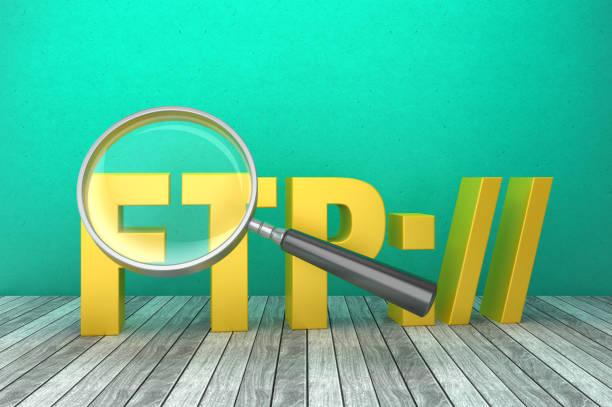
Links are the arteries of the web and play a very important role in on-page SEO.
Internal Linking refers to creating links between different pages within your own website.
This not only helps search engines better understand your site’s structure and index pages, but also distributes “PageRank” or ranking power among different pages.
A strong and logical internal link structure also improves user experience, as it allows users to easily navigate your site and find relevant content.
Using descriptive and relevant Anchor Text in internal links is very important.
Internal links also help you demonstrate the authority and importance of your key pages to search engines.
Alongside this, external links (Outbound Links) to authoritative and relevant sources can also increase your site’s credibility and send a positive signal to search engines about the quality and depth of your content.
This intelligent combination of linking is a vital element for improving on-page SEO and serves as an expert and descriptive strategy for increasing visibility in search results.
How much does losing business leads due to an unprofessional website cost you? Solve this problem forever with professional corporate website design by RasaWeb!
✅ Increase credibility and trust of potential customers
✅ Easier acquisition of new business leads
⚡ Get free consultation now!
Optimizing Images and Multimedia in On-Page SEO
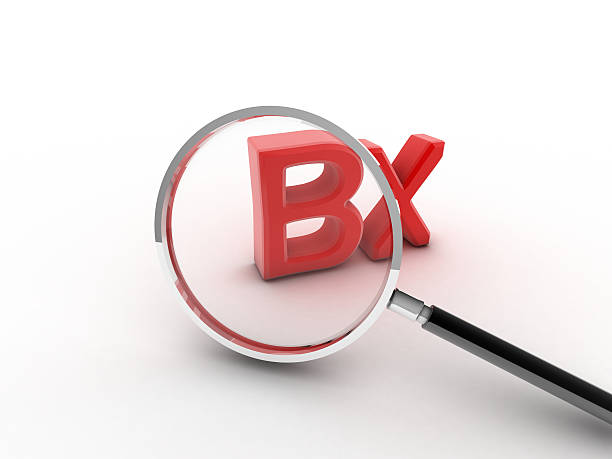
Modern websites are unimaginable without images and multimedia content.
But do you know that these elements also need optimization for on-page SEO? Image optimization involves several key steps that greatly impact site loading speed and search engine understanding of your content.
The first and most important step is image compression to reduce their size and increase page loading speed.
Then, using alternative text (Alt Text) for images is crucial.
Alt Text helps search engines understand image content and provides a description for users whose images don’t load or who use screen readers.
Also, image file names should be descriptive and include a relevant keyword.
For videos, in addition to compression and using high-quality files, you can use transcripts or subtitles, which help search engines index your video content.
These educational and guidance approaches help your website rank well in image and video search results and provide a better user experience.
User Experience (UX) and Site Speed in On-Page SEO
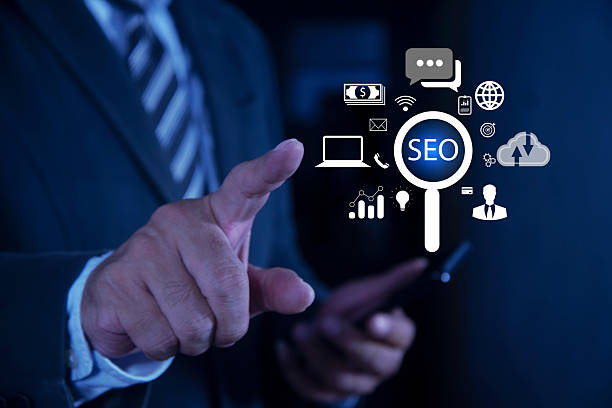
User experience (UX) and website loading speed are two vital factors that Google pays special attention to in page ranking and directly affect on-page SEO.
A website with poor UX will have a high bounce rate, and users will quickly leave it, which is a negative signal for search engines.
Core Web Vitals are Google’s new metrics for evaluating user experience, which include LCP (Largest Contentful Paint), FID (First Input Delay), and CLS (Cumulative Layout Shift).
Improving these metrics directly helps your SEO ranking.
Site speed not only improves user experience but is also crucial for pages to be indexed by Google bots.
Slower sites may be crawled less frequently.
Code optimization, caching, resource compression, and image optimization are among the key solutions for increasing site speed.
Furthermore, mobile-friendliness is another vital aspect of UX and on-page SEO, as a large portion of searches are performed via mobile devices.
This analytical and thought-provoking content shows how much user experience impacts your SEO ranking.
Using Structured Data (Schema Markup) in On-Page SEO
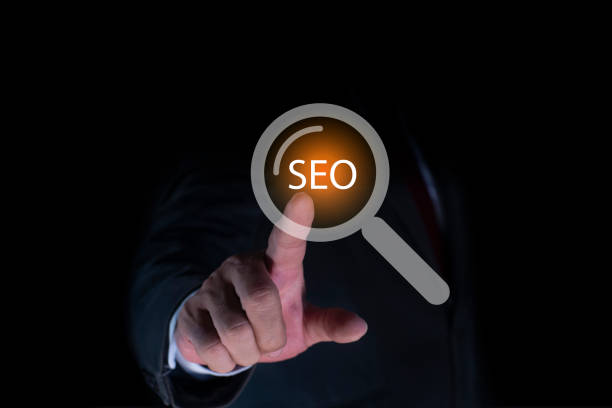
Structured data or Schema Markup are codes added to your website that help search engines understand page content more accurately and display it in richer formats (Rich Snippets) in search results.
This significantly impacts on-page SEO, as it increases visibility and click-through rate (CTR).
Schema Markup can be used for various types of content such as articles, products, events, reviews, recipes, and business contact information.
Correct Schema implementation, as an expert and descriptive solution, allows search engines to clearly identify key elements of your content and display them prominently to users.
For example, a product review with Schema can be displayed in search results along with star ratings and product price, which makes it much more attractive.
| Type of Schema | Primary Application | Rich Snippet Example |
|---|---|---|
| Article | News articles, blog posts, reports | Displays publication date, author name, and thumbnail image. |
| Product | Online product sales pages | Displays price, availability status, star rating. |
| Recipe | Pages containing food recipes | Displays cooking time, ingredients, rating. |
| LocalBusiness | Information related to physical businesses | Displays address, contact number, business hours. |
| FAQPage | Pages that include a question and answer section | Displays answers as expandable sections directly in results. |
Technical SEO and Complementing On-Page SEO

While on-page SEO primarily focuses on content and user experience at the page level, Technical SEO ensures that your website is technically optimized for crawling and indexing by search engines.
These two aspects of SEO are closely related and essential for complete search success.
Key aspects of technical SEO that affect on-page SEO include URL structure optimization, use of XML Sitemaps, Robots.txt file, canonicalization to prevent duplicate content, and 404 error management.
An XML sitemap helps search engines discover and index all your important pages, while the Robots.txt file controls which sections should not be crawled by search bots.
Fixing technical issues can significantly impact the effectiveness of on-page SEO, because if a page is not properly indexed, even if it has the best content and On-Page optimization, it will not appear in search results.
This is an expert and analytical perspective that should be considered alongside content optimization.
Did you know that 94% of a first impression of a company is related to its website design?
RasaWeb, by offering professional corporate website design services, helps you create the best first impression.
✅ Creating a professional and trustworthy image of your brand
✅ Easier attraction of potential customers and improvement of online standing
⚡ Get free corporate website design consultation!
Common Mistakes in On-Page SEO Implementation and Solutions
![]()
Even with the best intentions, mistakes in on-page SEO implementation can occur and harm your efforts.
Understanding these mistakes and their solutions is vital for anyone looking to improve On-Page SEO.
One of the common mistakes is keyword stuffing, which was mentioned earlier.
This not only harms your ranking but also ruins the user experience.
The solution is to use keywords naturally and intelligently.
Another mistake is not optimizing title tags and meta descriptions.
Many websites either neglect these important elements or do not optimize them correctly.
The solution is to ensure these tags are unique and appealing for each page.
Also, weak or inconsistent internal linking can confuse search engines.
Guidance and designing a logical internal link structure and using diverse and relevant anchor texts solve this problem.
Ignoring site loading speed and lack of mobile compatibility are also major mistakes that can be identified and fixed with various tools.
Addressing this thought-provoking and common content can pave your way to success in on-page SEO and help you avoid hidden pitfalls.
The Future of On-Page SEO and New Trends
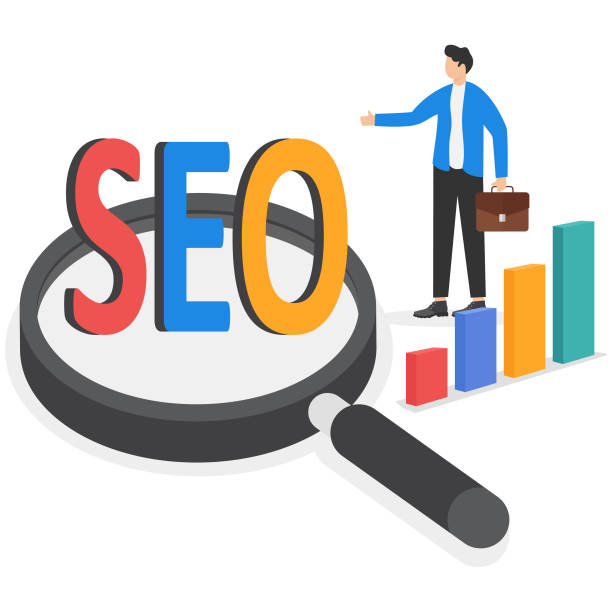
The world of on-page SEO is constantly evolving, with new trends emerging as new technologies appear and user behavior changes.
Understanding these trends is essential for staying competitive in the future.
One of the most important current trends is Artificial Intelligence (AI) and machine learning, which have made search engine algorithms more complex.
This means that instead of solely focusing on keywords, search engines are increasingly focusing on understanding user intent and content meaning.
Therefore, producing analytical, comprehensive, and high-quality content that fully addresses user needs has become more important than ever.
Voice search and optimizing for it is also a growing trend, as users increasingly use voice commands for searching.
This further emphasizes the need to focus on conversational and longer keywords.
Also, the concept of E-E-A-T (Experience, Expertise, Authoritativeness, and Trustworthiness) has emerged as a crucial ranking factor, indicating that Google places great importance on content quality and backing.
All this indicates that future on-page SEO will focus more on user experience, content meaning, and providing real value to the audience.
This is a news and entertaining outlook for those looking to be pioneers in the field of SEO.
Frequently Asked Questions
| Question | Answer |
|---|---|
| What is Meta Title and why is it important in on-page SEO? | Meta title is the most important on-page SEO element displayed at the top of the browser tab and in search results. It helps search engines and users understand the main topic of the page and should include the main keyword. |
| What role does Meta Description play in on-page SEO? | Meta description is a short summary of the page content displayed under the title in search results. Although it does not directly affect ranking, its attractiveness can increase the click-through rate (CTR). |
| How should keywords be used in page content? | Keywords should be used naturally and relevantly in strategic locations such as the title, headings, first paragraph, and body text. Avoid keyword stuffing (excessive keyword repetition). |
| What is the importance of quality and comprehensive content in on-page SEO? | High-quality, unique, informative, and comprehensive content that addresses user needs is of high importance. Search engines give higher rankings to content that creates real value. |
| What is the purpose of heading tags (H1-H6) in on-page SEO structure? | Heading tags (H1, H2, H3, etc.) are used to structure content and indicate the importance of different sections. H1 is the main title of the page, and each page should only have one H1. Other tags are used for subheadings. |
| How to optimize images to improve on-page SEO? | To optimize images, use descriptive alternative text (Alt Text) that includes relevant keywords, reduce image file size without sacrificing quality, and use meaningful and relevant file names. |
| What are the characteristics of an SEO-friendly URL? | A friendly URL should be short, readable, descriptive, include main keywords, and be free of extra characters. The URL structure should be hierarchical and logical to be understandable for both users and search engines. |
| How does internal linking help with on-page SEO? | Internal linking, by connecting relevant pages to each other, helps users and search engine crawlers better understand the site structure, transfer page authority, and increase user dwell time on the site. |
| What is the impact of page load speed on on-page SEO? | High loading speed is crucial for both user experience and SEO ranking. Slower pages may be ignored by search engines and lead to an increased bounce rate. |
| Why is mobile-friendliness very important in on-page SEO? | Given the increasing number of searches through mobile devices, having a responsive and mobile-friendly site is very essential for user experience and ranking in search results (Google’s mobile-first indexing). |
And other services of Rasa Web Advertising Agency in the field of advertising
Smart Content Strategy: Revolutionize click-through rates with attractive UI/UX design.
Smart Custom Software: An innovative service to increase user engagement through SEO-driven content strategy.
Smart UI/UX: An innovative service to increase user engagement through SEO-driven content strategy.
Smart Digital Advertising: A combination of creativity and technology for user engagement through marketing automation.
Smart Advertorials: A creative platform to improve customer acquisition with marketing automation.
And hundreds of other services in the field of internet advertising, advertising consultation, and organizational solutions
Internet Advertising | Advertising Strategy | Advertorials
Sources
Comprehensive Guide to On-page SEO on SEO Iran
Latest SEO tips for 2023 on Zoomit
What is SEO and how does it work? – Digikala Magazine
On-page SEO checklist for your site
? To reach the peak of success in the digital space, Rasaweb Afarin Digital Marketing Agency is with your business, offering specialized services such as SEO-optimized website design.
📍 Tehran, Mirdamad Street, Next to Central Bank, Southern Kazeroun Alley, Ramin Alley, No. 6




